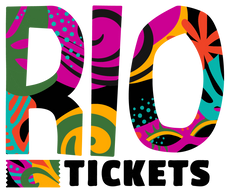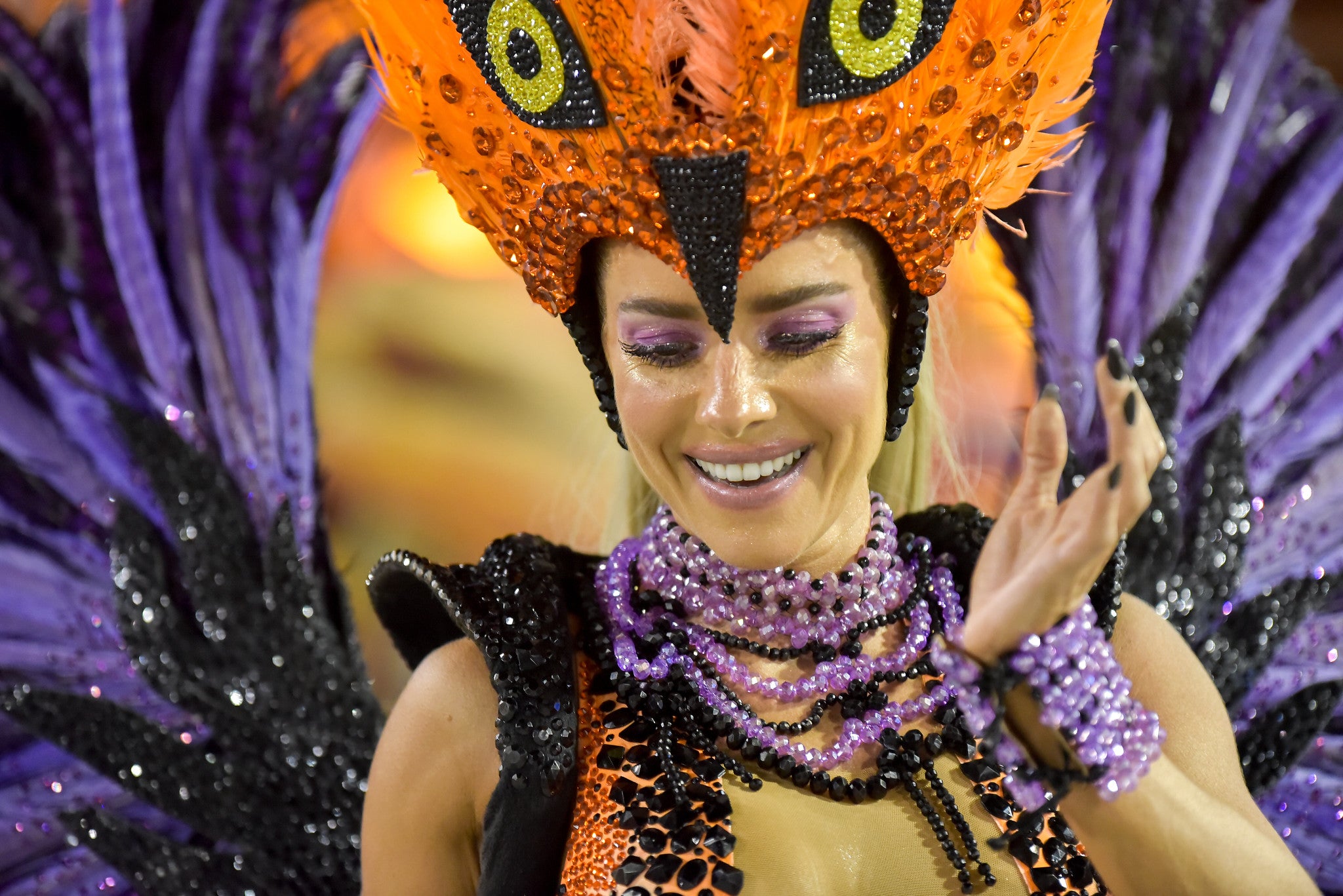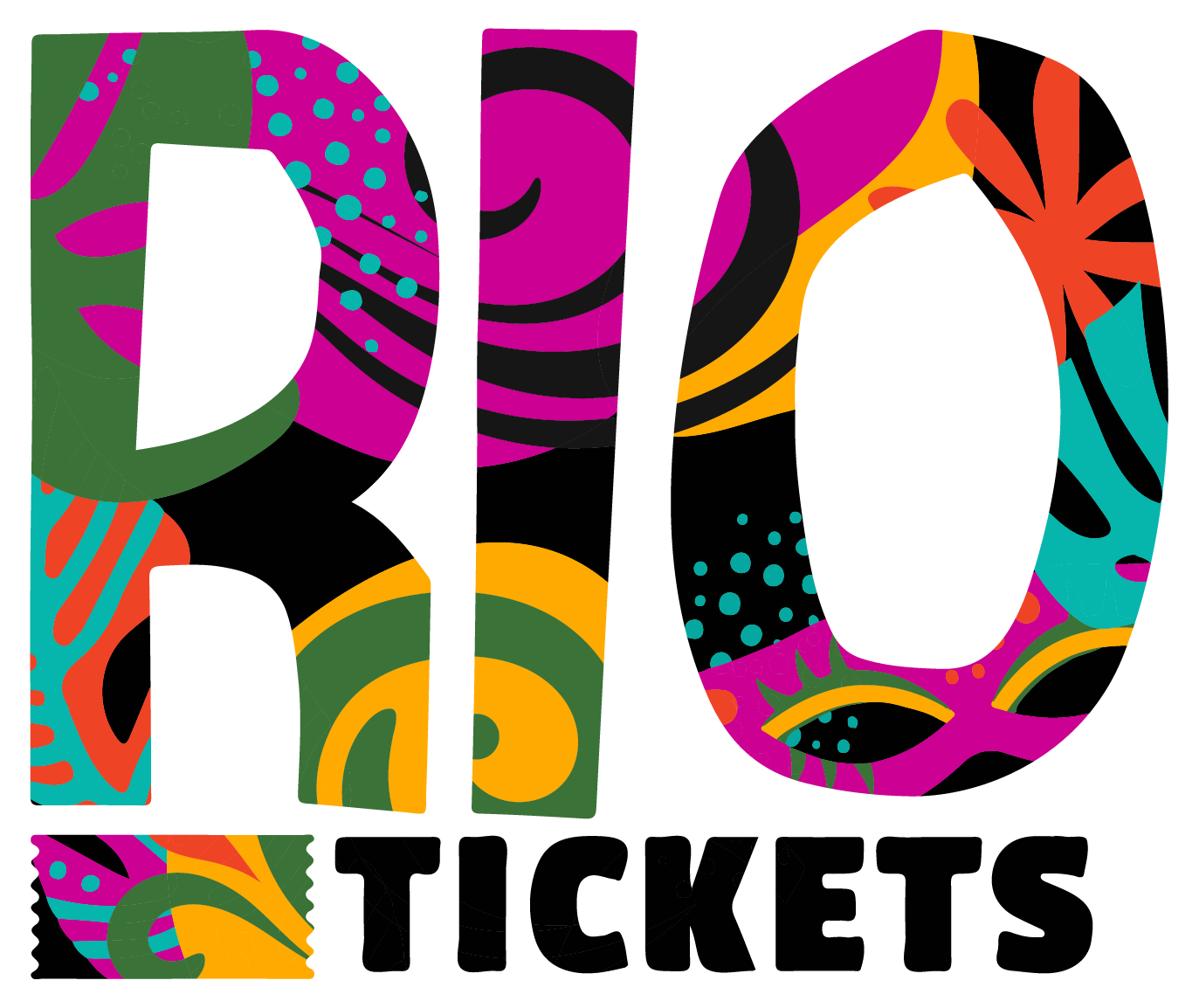As soon as they bury their feet in the sand, every visitor of Rio de Janeiro finds out immediately that this city is blessed. Besides boasting the most beautiful beaches in the world and the happiest people, it is also the birthplace of samba and the home of the biggest Carnival in the world.
Today the word "carnival" is globally associated with Brazil and has become synonymous with the country. But why is this event so special? What does the Rio Carnaval have that the others don't?
Here, we never let the samba die. For five days, the magic can be found in every corner of Rio. It can be in the blocos and cordões that dance down the avenues during the day. At the nighttime parties featuring world-renown DJs, Or, of course, in the dazzling parades of the Samba Schools. The whole city comes to a standstill, leaving its problems behind and building an unforgettable party that goes beyond just revelry.
Carnaval happens 40 days before Easter is celebrated during five days, starting on Friday and ending on the Tuesday preceding Ash Wednesday. Like Easter, the exact date of Carnaval changes every year. This relationship between the two has turned Carnaval into a time of extravagance before Lent.
Although popularized in the 1920s, the origins of the festival are much older, appearing in Greek, Roman and Mesopotamian cultures.
Carnival in Antiquity
Although the word "carnival" (from the Latin "to withdraw the flesh") is related to Catholicism, carnival is essentially a pagan festival that has always had in its core the subversion of roles and social-political norms. Subjects and prisoners would pretend to be kings, and in the Greek bacchanals and Roman celebrations of Saturnalia everyone would inebriate themselves with wine, music, food and lust.
With the Church's growing presence in the Western world, the feast began to have a set date starting before Lent. It was the only holiday in which it was permitted to commit sins and "excesses." In the Middle Ages, the carnivals marked the awakening of spring and in the Italian Renaissance, parades with masks and costumes were created for the celebration.
Roots of the Brazilian Carnival
The carnival manifestations arrived in Brazil around the year 1641, with the so-called Cavalhadas. These epic demonstrations commemorated the battles between the Moors and the Christians in the Middle Ages. The Entrudos - very popular until 1850 - saw people taking to the streets to pull pranks on each other, such as throwing eggs and wax balls filled with water.
In the second half of the century came the rise of the Grande Sociedades Carnavalescas ("Great Carnival Societies"). A conglomeration of Brazilian aristocrats who formed clubs that paraded down the avenues with costumes and luxurious masks, inspired by the Venetian tradition. The Great Societies quickly replaced the Entrudos and brought with them a novelty that is still seen today: the majestic floats.
The Cordões (meaning "strings"), followed by the Blocos (meaning "blocks"), first appeared in 1886. They started as a street party of people from the lower classes who dressed up in costumes and danced following a band - in a line, in the case of the Cordões and as a mass, in the case of the Blocos. This was also a popular time for street games such as confetti battles.
At the dawn of the new century, the Ranchos Carnavalescos (meaning "carnival ranches") began to gain strength. They featured processions that would parade to the sound of the "ranch marches," such as the famous Abre Alas by Chiquinha Gonzaga. The marchinhas - as they are affectionately called - were composed for wind instruments and are still popular today, where they are played mainly by nostalgic carnival Blocos. The dances of the Ranchos were derived from African culture and the celebration had a more mainstream appeal. The Ranchos also created some of the characters that are still present in the parades of the Samba Schools, such as the King, the Queen and the couple Mestre-Sala and Porta-Estandarte (later Porta Bandeira).
Present-Day Carnaval in Rio
Rio de Janeiro has always been the biggest stage for all of these carnivalesque displays. With the birth and popularization of Samba at Pedra do Sal in Rio in the late 1920s, the Samba Schools began to replace the Ranchos with their new rhythms and percussion instruments. The schools prepare and rehearse their parades all year. With floats, costumes and original Samba songs, they perform at the Sambadrome during four of the five days of carnival.
Today, the Carioca carnival is celebrated in many ways and the city is filled with people from all over the world partying under the stars that illuminate the Guanabara Bay. The main celebrations include galas and parties, street Blocos and, of course, the parades of the Samba Schools, which happen yearly during Carnaval.






